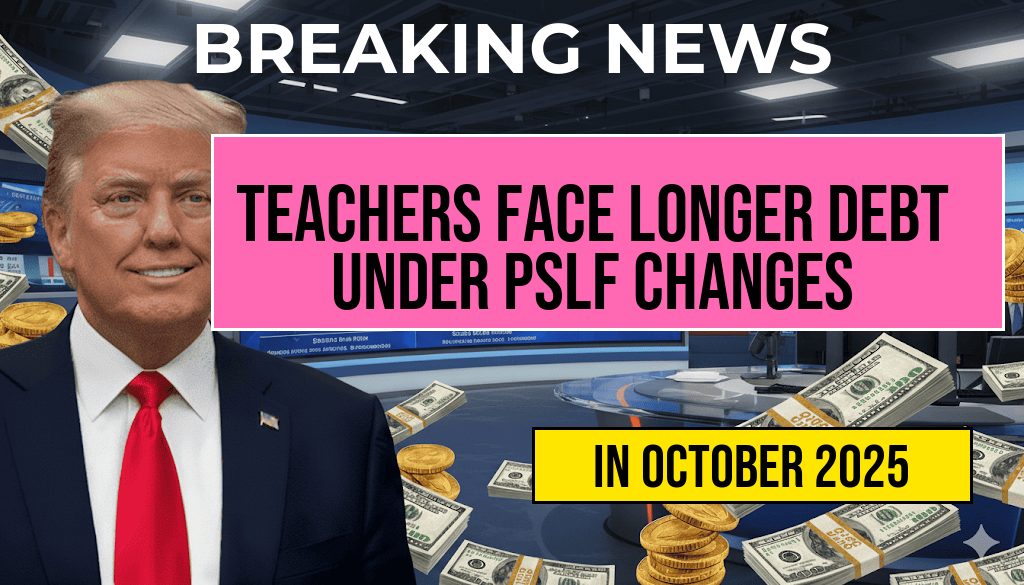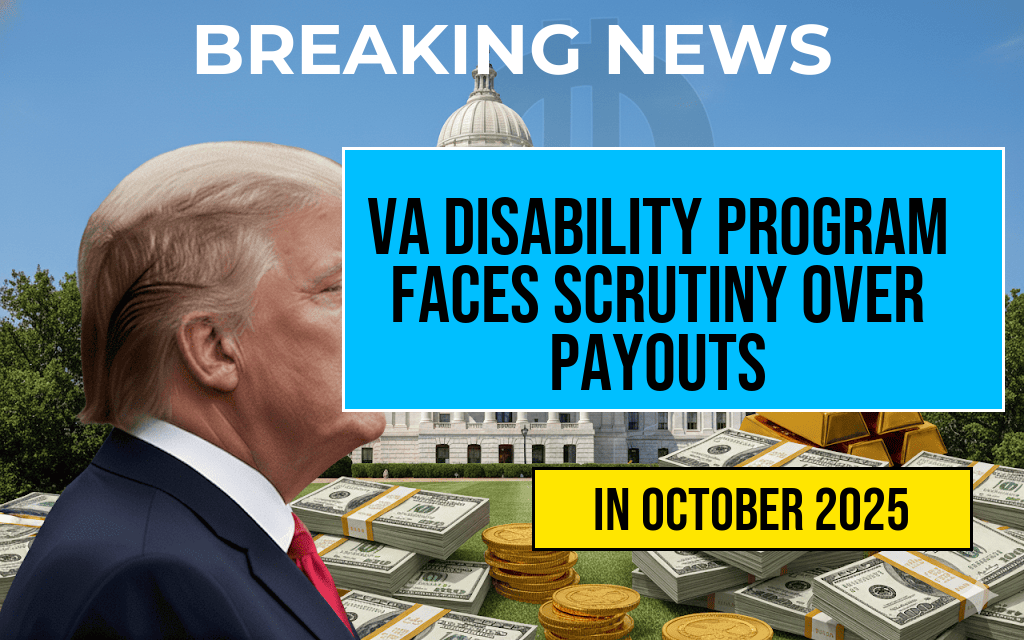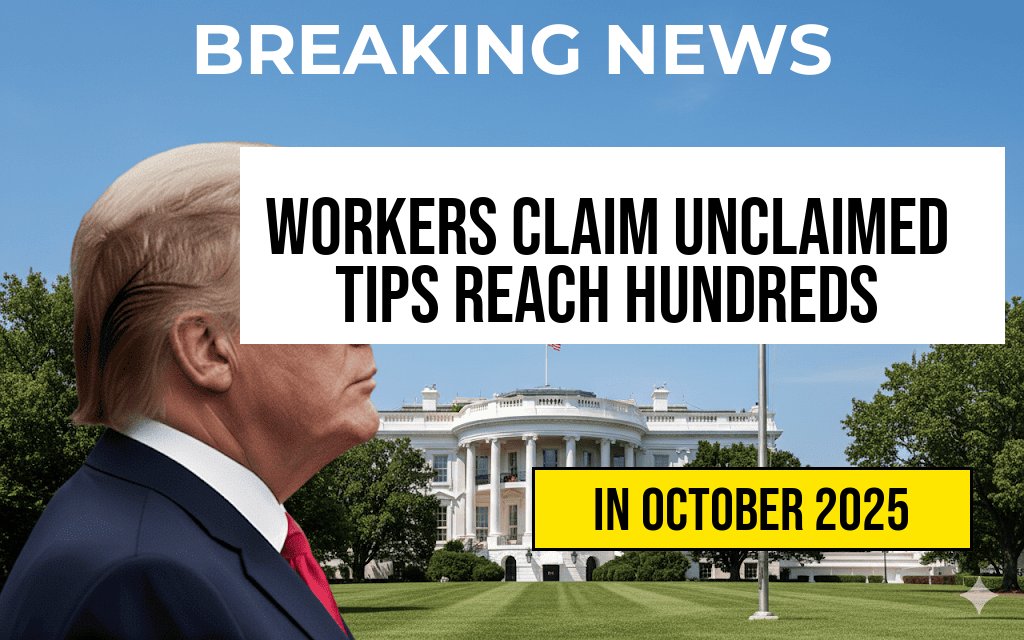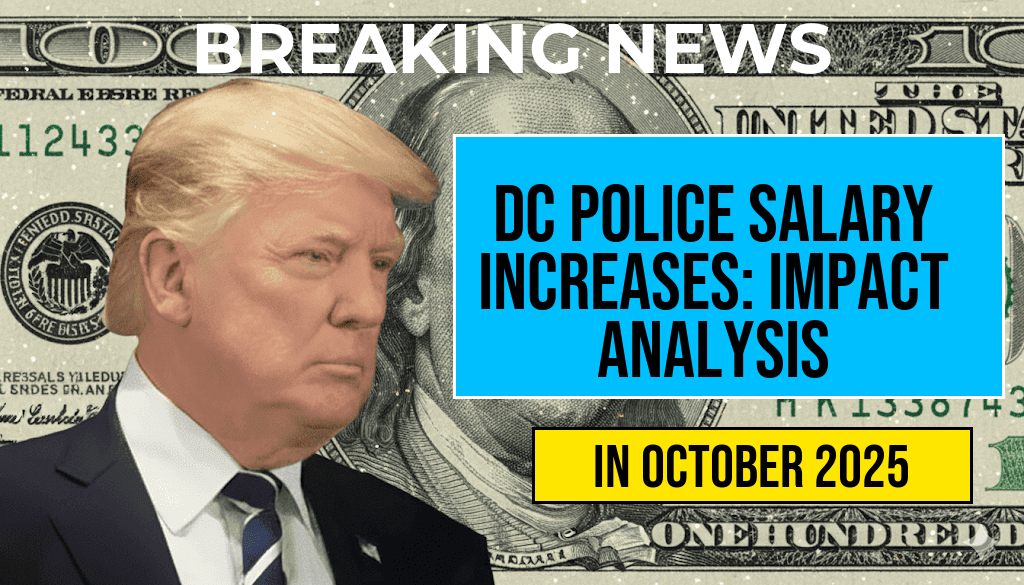New regulations surrounding the Public Service Loan Forgiveness (PSLF) program have raised concerns among educators, potentially prolonging their student loan debt by years. The PSLF program, designed to relieve federal student loan borrowers in public service jobs after 120 qualifying payments, is undergoing significant changes that could impact the financial futures of many teachers. As the U.S. Department of Education implements these new rules, it has become evident that a lack of clarity and abrupt shifts in policy may lead to thousands of dollars in additional debt for educators who relied on the program for relief. Many teachers are left wondering how these changes will affect their financial stability and career choices moving forward.
Understanding the PSLF Program
The PSLF program aims to encourage individuals to pursue careers in public service by offering loan forgiveness after a decade of consistent payment. Eligible borrowers, including teachers, must work full-time for qualifying employers, typically government and non-profit organizations. However, recent updates have introduced complexities that may leave educators in precarious financial situations.
Key Changes to the PSLF Regulations
- Payment Count Adjustments: Previously, all payments made by borrowers, including those that were late or made under the wrong repayment plan, counted toward the 120 payments required for forgiveness. New regulations are tightening these criteria.
- Employer Verification: Borrowers are now required to provide more detailed documentation about their employment status and eligibility, which can create delays in the processing of forgiveness applications.
- Loan Types and Repayment Plans: Some loan types that were previously eligible for forgiveness are no longer accepted, forcing borrowers to navigate complex repayment options.
Impact on Teachers and Educators
As a result of these changes, many teachers may find themselves facing prolonged loan repayment periods. For instance, educators who believed they were on a clear path to forgiveness may now discover that they need to extend their repayment timelines by several years due to miscalculations or changes in their loan status.
Financial Implications for Educators
The financial burden of extended repayment periods can be significant. Educators, who often earn lower salaries compared to other professionals, may struggle to manage their monthly payments alongside living expenses. According to a report from the Forbes, many teachers could end up paying thousands more in interest over the life of their loans due to these regulatory changes.
Advocacy and Support for Affected Borrowers
In light of the new PSLF regulations, various advocacy groups are stepping up to support teachers and other public service workers. Organizations are pushing for clearer guidelines and more transparent communication from the Department of Education to help borrowers better understand their options.
Resources for Educators
Teachers concerned about their eligibility or facing difficulties with their student loans should consider utilizing available resources:
- Federal Student Aid: The Federal Student Aid website provides comprehensive information on PSLF eligibility and application processes.
- Loan Servicer Support: Contacting loan servicers directly can help clarify any confusion regarding payment counts and employment verification.
- Financial Counseling Services: Many non-profit organizations offer financial counseling tailored to educators navigating student loans.
Future Outlook for PSLF and Educators
As the landscape of the PSLF program continues to evolve, the impact on teachers and other public service workers remains a critical issue. Advocates emphasize the need for reforms that protect educators from unnecessary financial strain. Legislative efforts may emerge to address the flaws in the current system and ensure that those who dedicate their careers to public service are not unduly burdened by student loan debt.
The ongoing changes to the PSLF program serve as a reminder of the broader conversation about student debt relief and the importance of supporting educators who play a vital role in society. As stakeholders work towards a fair resolution, educators are encouraged to stay informed and seek assistance to navigate these uncertain times.
Frequently Asked Questions
What are the new PSLF regulations affecting teachers?
The new Public Service Loan Forgiveness (PSLF) regulations introduce changes that could extend the time teachers must repay their student loans, potentially resulting in thousands of dollars in debt for a longer period.
How might the new PSLF regulations impact teacher student loan forgiveness?
With the updated regulations, many teachers may find that their eligibility for loan forgiveness is altered, leading to an increase in the number of years they need to make payments before qualifying for forgiveness.
What should teachers do if they are concerned about their student loan status?
Teachers who are worried about their student loan status should contact their loan servicer for clarification on how the new PSLF regulations apply to their specific situation and explore options for managing their debt.
Are there any resources available for teachers navigating these new regulations?
Yes, teachers can access various resources, including online guides, webinars, and support from financial aid offices, to better understand the new PSLF regulations and their implications for student loan repayment.
What can teachers do to prepare for potential changes in their loan repayment plans?
Teachers should review their current loan repayment plans, stay informed about any updates to the PSLF program, and consider financial counseling to prepare for potential changes in their repayment obligations.






